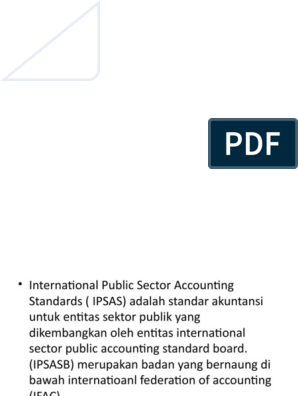0% found this document useful (0 votes)
63 views36 pagesRisk and Return Concept
1) Risk and return are key considerations in investments, with return being the reward or income from an investment and risk referring to uncertainty about the return.
2) Holding period return (HPR) measures the total return over a specific period combining capital gains and income, while expected return is the average return anticipated in the future based on past HPRs.
3) Risk can be measured using metrics like standard deviation, variance, and coefficient of variation, with higher values indicating greater risk. Diversification across lowly correlated assets can help reduce overall risk.
Uploaded by
Matrika ThapaCopyright
© © All Rights Reserved
We take content rights seriously. If you suspect this is your content, claim it here.
Available Formats
Download as PPTX, PDF, TXT or read online on Scribd
0% found this document useful (0 votes)
63 views36 pagesRisk and Return Concept
1) Risk and return are key considerations in investments, with return being the reward or income from an investment and risk referring to uncertainty about the return.
2) Holding period return (HPR) measures the total return over a specific period combining capital gains and income, while expected return is the average return anticipated in the future based on past HPRs.
3) Risk can be measured using metrics like standard deviation, variance, and coefficient of variation, with higher values indicating greater risk. Diversification across lowly correlated assets can help reduce overall risk.
Uploaded by
Matrika ThapaCopyright
© © All Rights Reserved
We take content rights seriously. If you suspect this is your content, claim it here.
Available Formats
Download as PPTX, PDF, TXT or read online on Scribd
/ 36






















































































